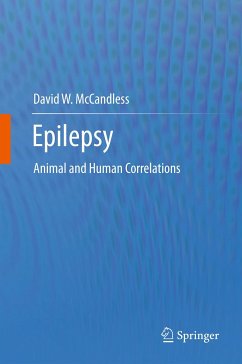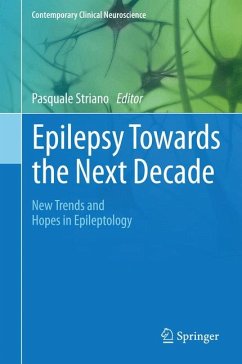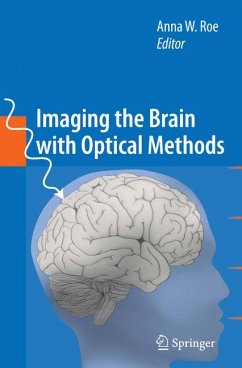
Epilepsy (eBook, PDF)
Animal and Human Correlations
Versandkostenfrei!
Sofort per Download lieferbar
160,95 €
inkl. MwSt.
Weitere Ausgaben:

PAYBACK Punkte
80 °P sammeln!
The present volume is intended to be a synopsis of seizure disorders with a goal of describing key studies in animals and humans. The translation of pertinent findings from animal studies to human studies, and to potential human studies will be emphasized. Specific cogent animal studies/results which deserve exploration in human seizure disorders will be detailed. The current rate of translation is estimated to be from 7-9 years, and the "success" rate of translation was very recently listed as less than one half. The success rate is defined as results in human studies which were predicted in ...
The present volume is intended to be a synopsis of seizure disorders with a goal of describing key studies in animals and humans. The translation of pertinent findings from animal studies to human studies, and to potential human studies will be emphasized. Specific cogent animal studies/results which deserve exploration in human seizure disorders will be detailed. The current rate of translation is estimated to be from 7-9 years, and the "success" rate of translation was very recently listed as less than one half. The success rate is defined as results in human studies which were predicted in advance by animal studies. Both the time between animal and human attempts plus the success rate need improvement.
Dieser Download kann aus rechtlichen Gründen nur mit Rechnungsadresse in A, B, BG, CY, CZ, D, DK, EW, E, FIN, F, GR, HR, H, IRL, I, LT, L, LR, M, NL, PL, P, R, S, SLO, SK ausgeliefert werden.













